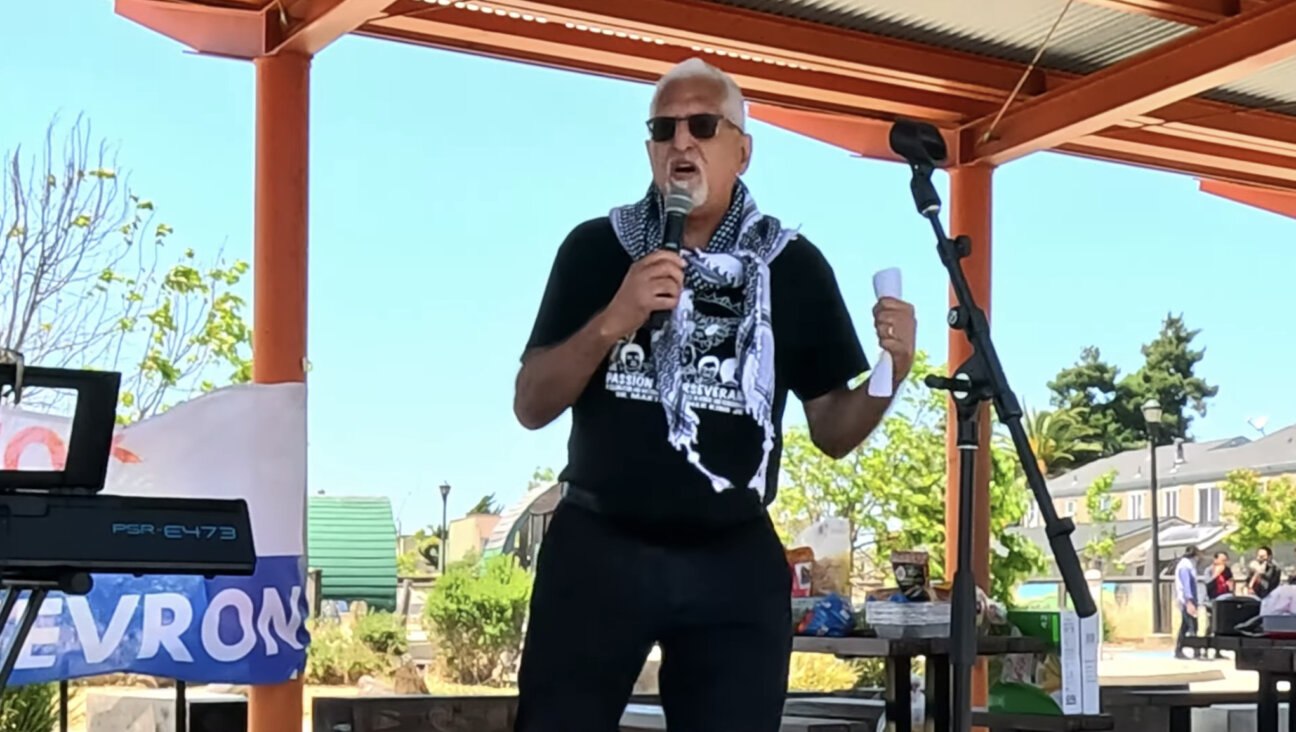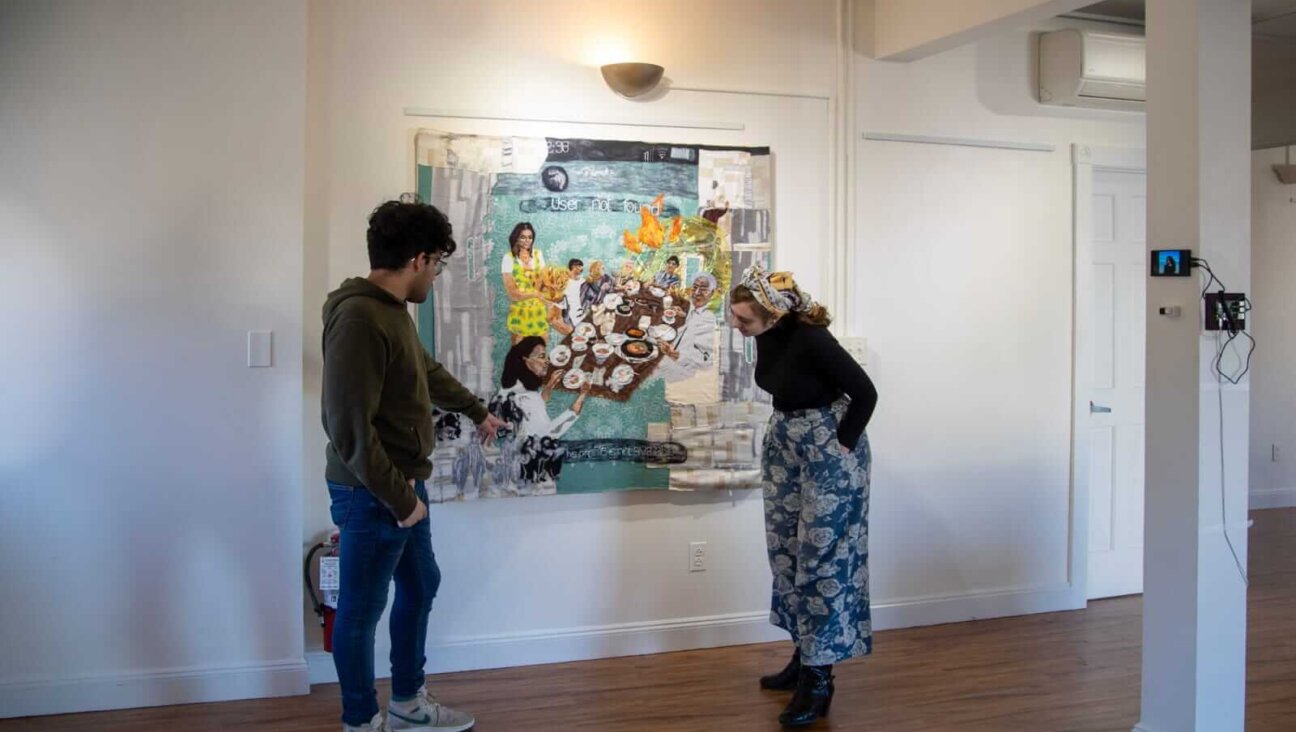This is the Forward’s coverage of the Yiddish language historically spoken by Ashkenazi Jews in Europe and still spoken by many Hasidic Jews today.
For more stories on Yiddishkeit, see Yiddish World, and for stories written in Yiddish,…
This is the Forward’s coverage of the Yiddish language historically spoken by Ashkenazi Jews in Europe and still spoken by many Hasidic Jews today.
For more stories on Yiddishkeit, see Yiddish World, and for stories written in Yiddish,…

It was supposed to be an evening of celebration and remembrance of the Jews of the Vilna Ghetto. But by hosting the Lithuanian foreign minister as “guest of honor” at a concert of Yiddish songs, the YIVO Institute for Jewish Research has instead angered some Holocaust survivors and their advocates. Audronius Ažubalis, the foreign minister,…
Menorah Rotenberg of Teaneck, New Jersey writes: “The other day, I was telling someone about a recipe that I no longer make because it is too much of a ‘potchkie’ — that is, it has too many ingredients and is too time-consuming. “I then thought of ‘umgepotch,’ too much or over the top, as in…
100 Years Ago in the Forward Rising star Rudolf Shildkraut is in awe over Yiddish theater superstar Eugene Mogulesco. Shildkraut first saw Mogulescu perform in Romania, when Shildkraut was a child. During a visit to the offices of the Forverts for a discussion about theater, Shildkraut called Mogulesco “a genius.” He said that he has…
There has always been a strong connection between Jews and baseball. In this excerpted editorial from August 6, 1903, Forverts Editor Ab Cahan offers some advice on the subject to a confounded father. A father writes to ask advice about baseball. He thinks that baseball is a foolish and wild game. But his boy, who…
Under a rather unfortunate headline alluding to chopped pork, the New York Daily News this weekend reported that the “venerable” Folksbiene Yiddish Theater will lose a $5,000 earmark from New York City Councilman Mark Weprin (D-Queens). The 96-year-old Folksbiene — “the last Yiddish company to still play to huge audiences in Manhattan’s lower East Side,”…

From Massapequa, N.Y., comes this e-mail from Stephen Listfield: “What is the origin and current rationale of the expression ‘nice Jewish boy’ or ‘nice Jewish girl’? The latest example I’ve come across in the media is the repeated reference to Amy Winehouse as a ‘nice Jewish girl who blah, blah, blah.’ Yet I don’t know…

For some Jewish day schools, there is no teaching Yiddishkeit without Yiddish. Buoyed by the Yiddish renaissance of the past two decades, which has produced an increased interest in university Yiddish programs, a renewed interest in Yiddish theater and even the advent of Yiddish heavy metal bands, these schools have held steadfast to their Yiddishist…

Yiddishkeit: Jewish Vernacular & the New Land Edited by Harvey Pekar and Paul Buhle Abrams ComicArts, 240 pages, $29.95 People don’t admire paintings they haven’t seen, or dance to music they haven’t heard, but they do all sorts of crazy things with languages they don’t speak. This is what Rutgers University scholar Jeffrey Shandler described…








100% of profits support our journalism